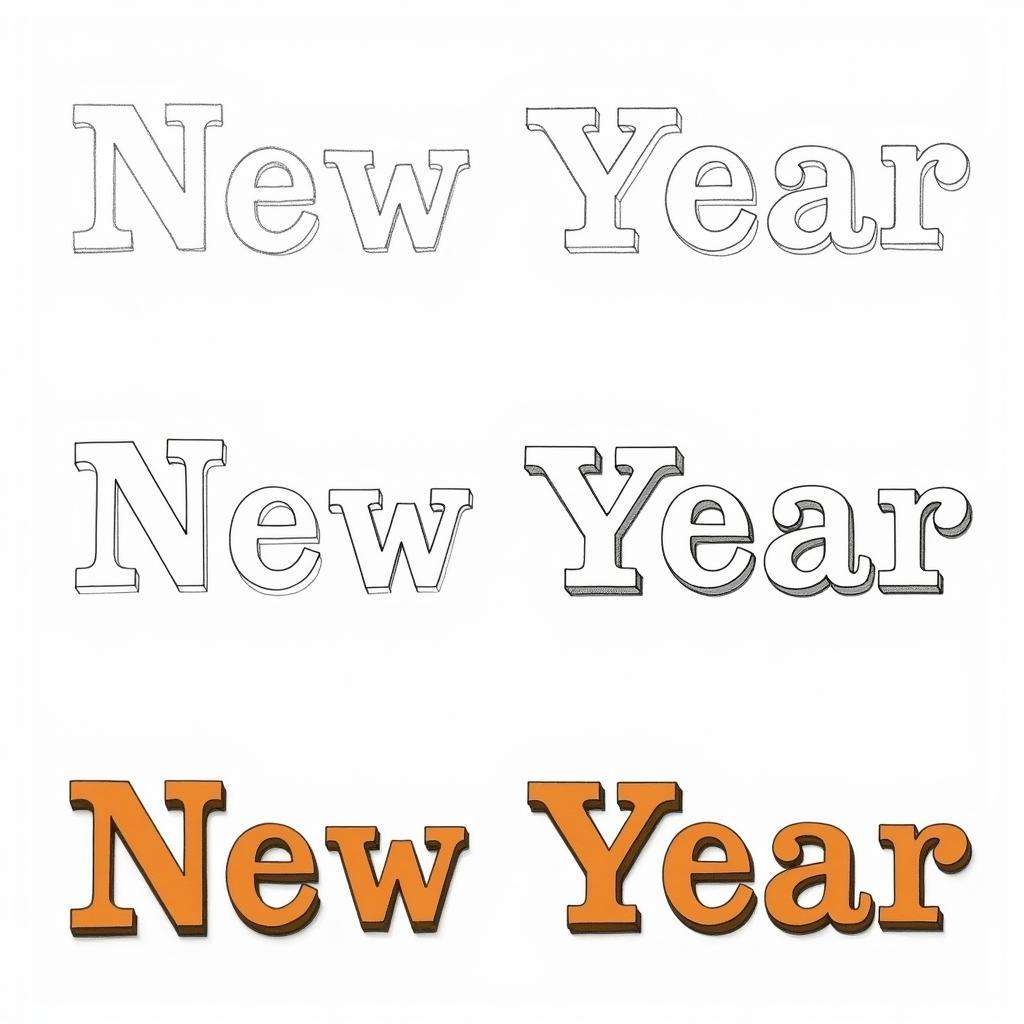Creating a detailed staircase drawing is crucial for any construction project. It’s a blueprint that guides the construction team, ensures accuracy, and prevents costly mistakes. This guide provides a comprehensive overview of drawing staircase details in English, focusing on key elements and best practices.
Understanding the Purpose of Detailed Staircase Drawings
Before diving into specific drawing details, let’s understand why we need them. Detailed staircase drawings serve multiple purposes:
- Communication: They act as a clear visual language for the construction team, architects, engineers, and clients.
- Accuracy: Precise measurements and specifications ensure the staircase is built to the correct dimensions and design.
- Safety: Detailed drawings incorporate safety features like handrails, tread depth, and riser height, ensuring a safe and functional staircase.
- Cost Control: Accurate drawings help prevent costly errors, material waste, and rework during construction.
Key Elements of Detailed Staircase Drawings
Now, let’s dive into the key elements that every detailed staircase drawing should include:
1. Plan View:
- Elevation: This shows the overall layout of the staircase from above, including the landing, treads, risers, and handrails.
- Dimensions: Include accurate measurements for each element, such as tread width, riser height, and overall staircase length.
- Materials: Specify the materials for the treads, risers, handrails, and balusters, using standardized abbreviations and symbols.
2. Side Elevation:
- Rise and Run: Clearly depict the staircase rise and run, which determine the angle and comfort of the stairs.
- Handrail Design: Detail the handrail’s shape, materials, and any decorative elements.
- Balusters: Show the type, spacing, and materials of the balusters, ensuring they meet safety regulations.
3. Section View:
- Staircase Construction: Depict the internal structure of the staircase, including the stringers, newel posts, and any supporting beams.
- Detailed Materials: Show the specific materials used for each structural element, including wood types, metal components, and finishes.
- Fasteners: Include details about fasteners like screws, nails, or bolts used for securing the staircase.
Drawing Software and Tools
Several software programs are available for creating detailed staircase drawings:
- AutoCAD: Widely used for professional drawings and construction plans.
- SketchUp: Offers user-friendly interface and 3D modeling capabilities.
- Revit: A BIM (Building Information Modeling) software specifically designed for architectural and engineering projects.
Additionally, use appropriate drafting tools:
- T-Squares: Essential for drawing parallel lines.
- Protractors: Used for measuring and drawing angles accurately.
- Rulers: For precise measurements and creating straight lines.
- Compass: Used for drawing circles and arcs.
Designing for Comfort and Safety
Remember, the design should prioritize comfort and safety:
- Tread Depth: Ideally, treads should be at least 10 inches (25 cm) deep.
- Riser Height: Riser heights should be between 7 and 8 inches (18-20 cm) for optimal comfort.
- Handrail Height: Handrails should be approximately 34 inches (86 cm) high for standard reach.
- Baluster Spacing: Ensure baluster spacing meets local building codes, usually a maximum of 4 inches (10 cm) apart.
Expert Perspective:
“A detailed staircase drawing is like a roadmap for your construction team. It guides them through every step, ensuring accuracy and a smooth build.” – Architect Daniel Garcia
FAQs:
-
Q: What are the standard staircase dimensions?
A: While there are guidelines, specific dimensions vary depending on the building’s purpose and local codes. Consult relevant building codes and regulations for your area.
-
Q: What are the best software programs for staircase drawings?
A: The best software depends on your experience and the complexity of the project. AutoCAD is a popular choice for professionals, while SketchUp is great for beginners and basic projects.
-
Q: How do I calculate the rise and run of a staircase?
A: The rise is the vertical distance between each step, while the run is the horizontal distance of each tread. You can calculate these using formulas found in construction guides and online resources.
Conclusion:
Creating detailed staircase drawings is essential for successful construction. By following these guidelines, you can ensure accuracy, safety, and smooth construction. Remember, clear communication, precise measurements, and adherence to building codes are vital for a beautiful and functional staircase.
If you have any further questions, feel free to contact us for assistance. We are here to guide you through the process and help you create stunning and safe staircases.
